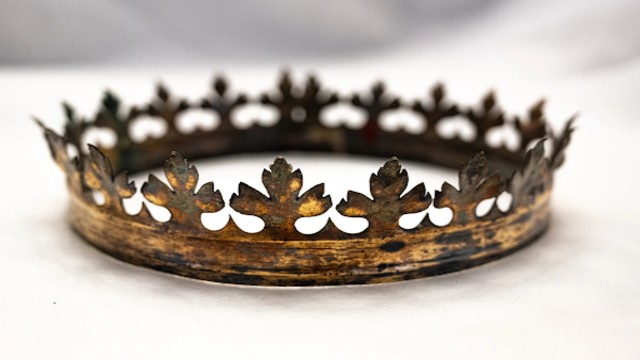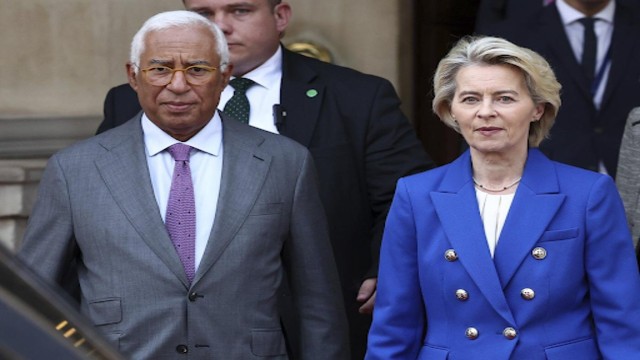
Source: CNN
A remarkable discovery has been made in the crypts of Vilnius Cathedral in Lithuania, where precious historical treasures, hidden since World War II, have been uncovered. The items, including burial crowns and insignia of medieval European rulers, were hidden away to protect them during the war and have not been seen since 1939.
The rediscovered artifacts include a crown once worn by Alexander Jagiellon, the King of Poland and Grand Duke of Lithuania who ruled from 1461 to 1506. Alongside his crown, several other valuable items were found, such as a chain, a medallion, a ring, and a coffin plaque belonging to Elizabeth of Austria, who lived from 1436 to 1505.
Another significant find was a set of royal burial items related to Barbara Radziwiłł, the wife of Sigismund II Augustus, King of Poland and Grand Duke of Lithuania. These include a crown, scepter, orb, three rings, a chain, and coffin plaques. Barbara Radziwiłł passed away in 1551.
These precious items were hidden in 1939, just before the outbreak of World War II, and had been stored safely in a secret location since then. According to a statement from Vilnius Archbishop Gintaras Grušas, the burial insignia of these rulers are "priceless historical treasures" and serve as symbols of Lithuanian statehood, the significance of Vilnius as the capital, and the country’s rich history in goldsmithing and jewelry craftsmanship.
The crowns were created specifically for the rulers' burials and were never worn during their lifetimes. CNN
The artifacts were intended for use in the royal tombs, and the crowns were made specifically for the burial process, meaning they were not worn by the rulers but created to be part of their resting places. This practice reflects the burial customs of the time, which were designed to honor the deceased royals in a special way. This discovery is seen as crucial for Lithuania, as it highlights the importance of Vilnius Cathedral as the final resting place of the elite of the Grand Duchy of Lithuania.
Once restored, these artifacts will be displayed for the public, allowing people to appreciate their cultural and historical significance. Rita Pauliukevičiūtė, the director of the Vilnius Church Heritage Museum, emphasized that these royal symbols are important for both Lithuania and Europe, symbolizing the country's reclaimed identity and strength.
The burial items were found in the same hiding spot where they had been kept since 1939. CNN
The artifacts were first uncovered in 1931 when the cathedral was being cleaned after a flood, revealing a crypt containing the remains of the rulers. However, the treasures were hidden away when World War II began in 1939, and despite several searches over the years, they remained lost. It wasn't until September 2024 that researchers focused on the crypts once more. Using an endoscopic camera, they successfully recovered the items in December, wrapped in newspapers from 1939.
These artifacts will undergo examination and restoration before being made available for public viewing. They offer a fascinating glimpse into the past and are a testament to the resilience and enduring legacy of Lithuania's royal history.















